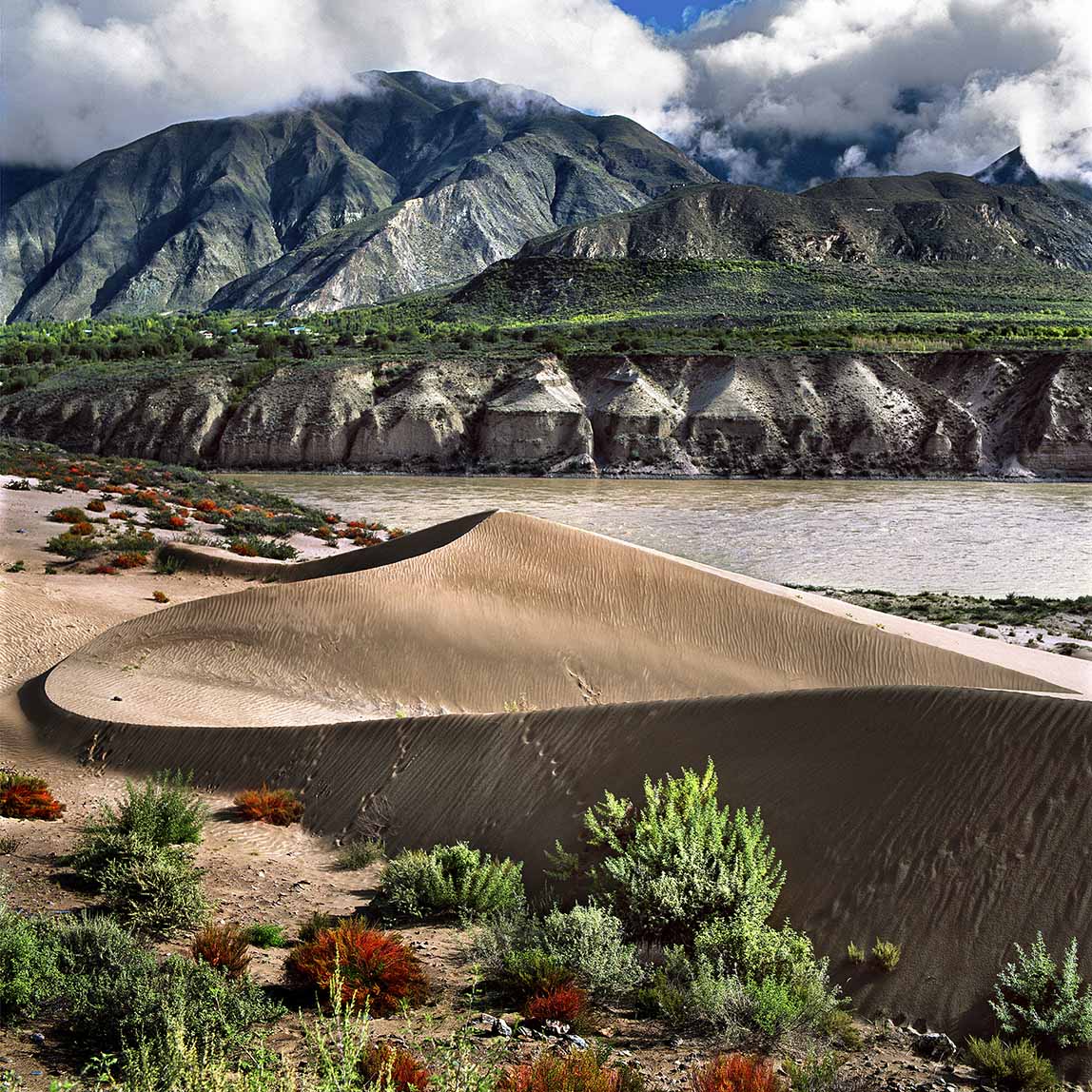The Himalayan hinterland looks like a desert – a desert at high altitude where life is concentrated in rare oases, the highest in the world; without palm trees and sometimes even without trees. However, there is no shortage of water.
The southern slope of the Himalayas lives to the rhythm of the monsoons. Agricultural calendars, religious festivals, pilgrimages, weddings; all human activity depends on these masses of hot and humid air which from June to September arrive from the Indian
The need for water for agriculture has always been the most important. The survival of these isolated peoples, who lived until the last century in almost complete self-sufficiency, depends on the abundance and regularity of the rains. Today there are yet
The Himalayan imagination is steeped in this fertile shamanic soil which long predates the modern, scholarly religions which subsequently flourished in the Himalayas. Although very diverse, the peoples of the Himalayas have in common an ancestral background of values and





